Who hasn’t wondered, “When did I stop playing?” At some indefinable moment of transition between childhood and adolescence we abandoned puppets and balloons in our bedrooms-at least those of us who had one to ourselves-to devote ourselves to what seemed to be real life. What we more seldom happen to think about, however, is how much of that ’adult’ world was already present in the way we played. Play is the first tool for constructing reality that we have at our disposal; play-that is the boldest theme ever for the 12th edition of the Cape Town Contemporary Art Fair-is, paraphrasing the curatorial statement, “light and spontaneous action, travel and exploration, awareness of one’s role in the world”; a world in which contemporary art is increasingly actively called upon to become a universal instrument of cultural dissemination.
Investec Cape Town Art Fair 2025, under the direction of Laura Vincenti, reconfirms its leading position in the art scene on the African continent, and, with the exhibition of more than 500 artists from 58 countries and as many as 30 new galleries, remains one of the most energetic and vibrant contemporary art fairs internationally. The positive message expressed by the PLAY thread immediately stands out in the Cabinet / Trophy section, curated by Exhibition Match at the entrance to the pavilion of the Cape Town International Convention Center that hosts the fair. Exhibition Match is an annual soccer tournament between ’players’ from the art world, scheduled for the last day of the opening (Sunday, Feb. 23), which, through the works on display, pits different artists against each other on the symbol of the trophy. Alongside the historicized works of Lucas Sithole, who was invited to participate in the 34th Venice Biennale in 1968 with the very sculpture featured in the fair, and Sydney Kumalo, who converge on the metaphor of family affections treated as trophies, are impressive installations by the other ’natives’ Boytchie, who has worked site-specifically on a kind of monument to fear, and Willie Bester, who brings to the show a veritable ’Trojan horse’ that simultaneously symbolizes victory and defeat. Deliberately playful works by Geena Wilkinson, represented by local gallery Worldart, and Simone Tribuiani, represented by Italian gallery Cellar Contemporary. The only international artist to participate in the Match, Tribuiani created, for Cabinet / Trophy and for the booth, a series of works inspired by South African sports, above all cricket, and its champions.
Continuing through the pavilions, one encounters the special sections Tomorrows / Today, curated by Mariella Franzoni, and Generations, curated by Heba El Kayal.
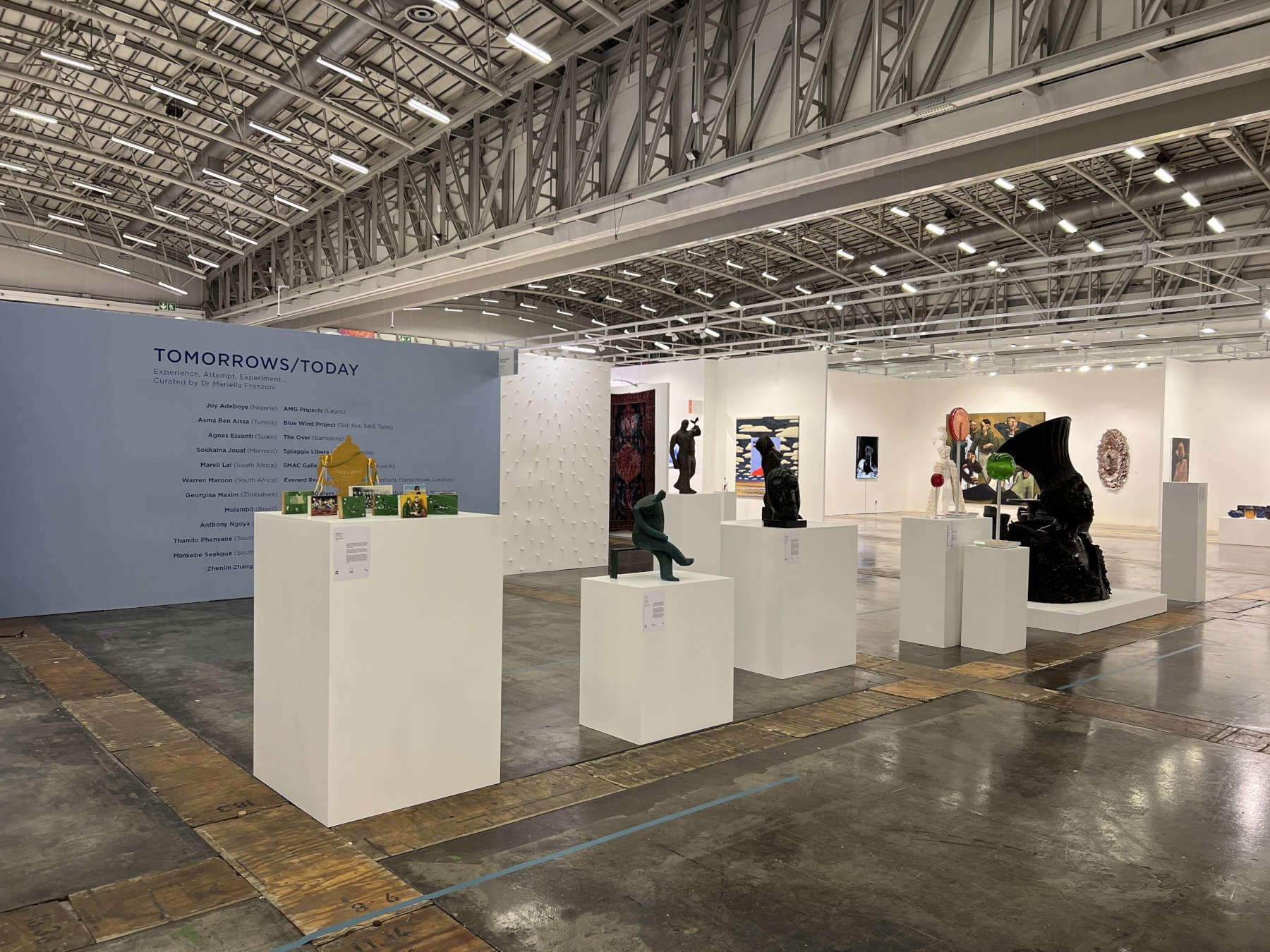
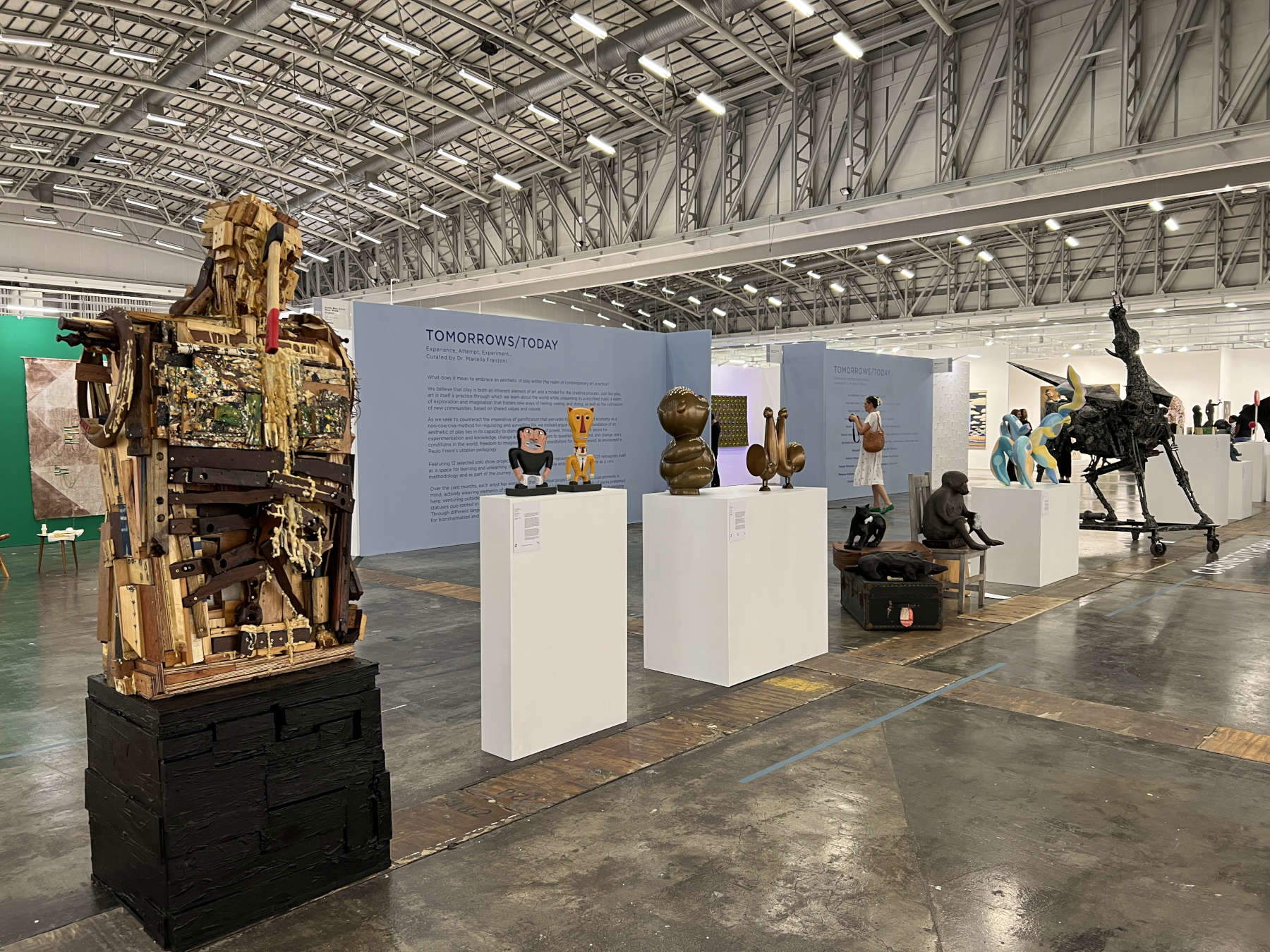
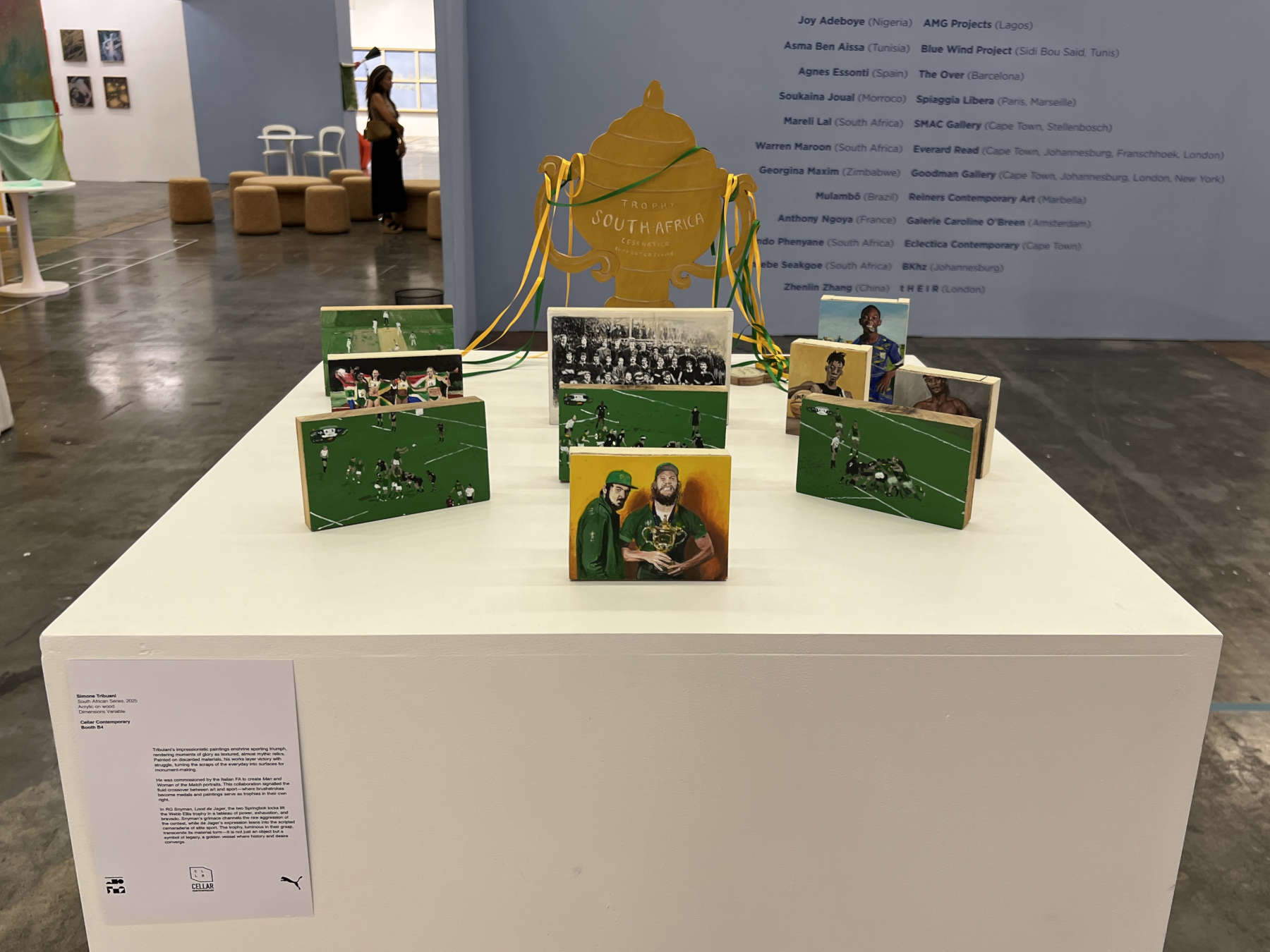
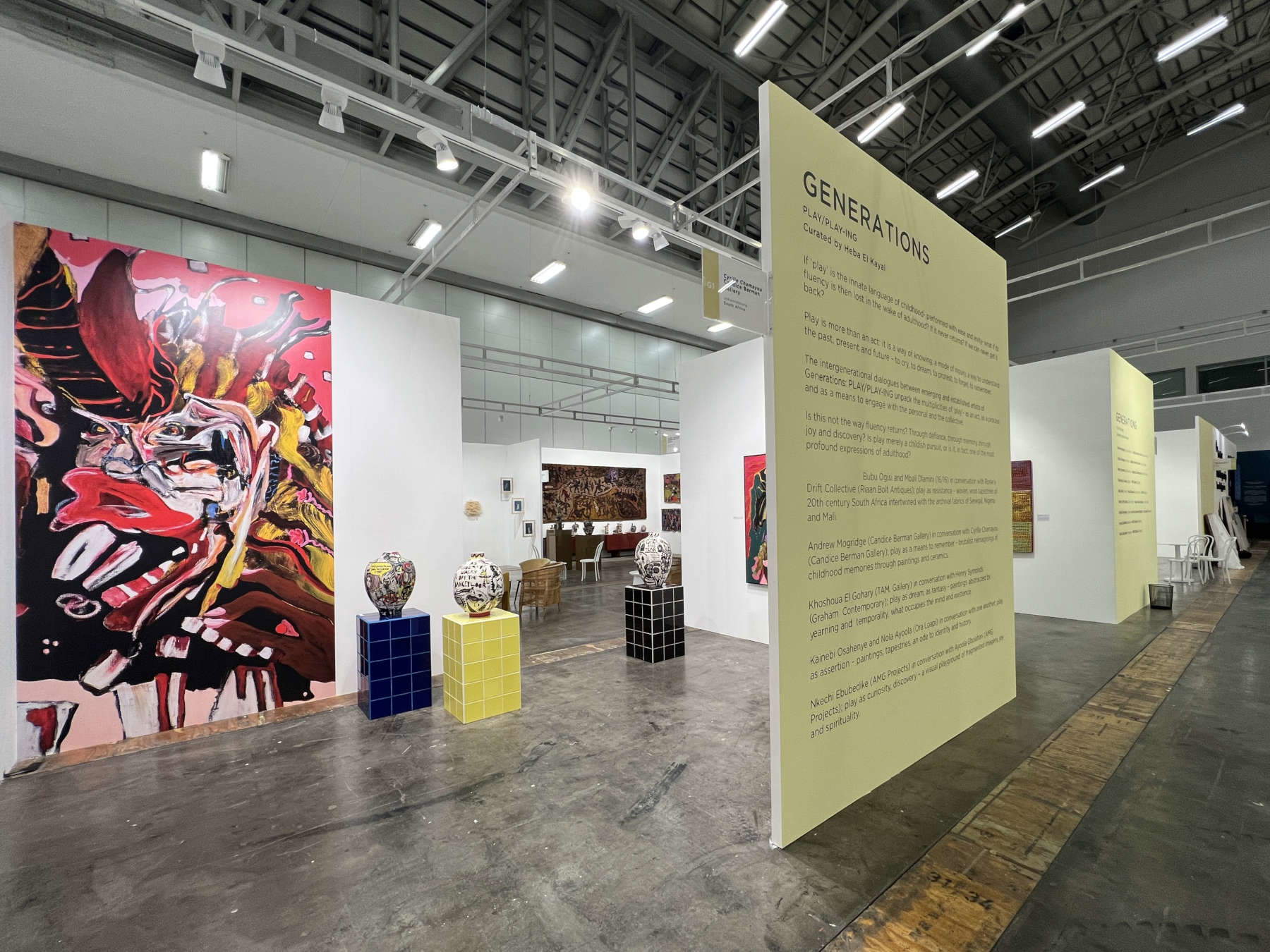
The former investigates the work of 12 emerging artists, including the experimental projects of Brazilian artist Mulambö, represented by Spanish gallery Reiners Contemporary Art (Marbella), who offers a narrative restitution of moments that mark the daily life of his country - in this case through the metaphor of the soccer field -, and by Moroccan artist Soukaina Joual, who, in collaboration with the young French gallery Spiaggia Libera (Paris-Marseille), exhibits a textile work on the conception of the female body.
Among the Genertations stands, which instead investigates the relationship between artists who have reached different steps in their careers, the project proposed by Johannesburg gallery Candice Berman stands out. It is a confrontation on expressionist art and aspects related to Brutalism, between Andrew Mogridge ’s ’talking’ vases and Cyrille Chamayou’s distorted paintings.
Arriving at the MAIN Section, the beating heart of the fair, amid an incredible melting pot of local and international collectors on vacation or permanently relocated to Cape Town, one encounters 48 international galleries, including some 20 South African and as many as seven Italian: Galleria Giovanni Bonelli, Cellar Contemporary, Dep Art Gallery, Lis10, Lo Magno Arte Contemporanea, Galleria Anna Marra, and Galleria Michela Rizzo. The high percentage of homegrown galleries is perhaps due to the presence of the Fiera Milano Exhibitions Africa brand, which has been linked to the fair since the first edition. For Lo Magno Arte Contemporanea (Modica), which is presenting an exhibition project with several Italian artists, including Mario Schifano, this is the first participation, while other galleries are now at home, such as the Milan gallery of Giovanni Bonelli, a ’veteran’ of the fair, which is presenting for this edition the Italian artists linked to the pictorial medium Fulvio Di Piazza, Chiara Calore, and Michela Martello and a selection of tapestries by Giovanna Giachetti. Also returning after five years is the Trentino-based gallery Cellar Contemporary, which, in addition to the aforementioned Simone Tribuiani, offers a project investigating South African identity among the perspectives of local artists Karlien De Villiers and Zana Masombuka. The latter, of Ndebele descent, in one of the talks included in the fair’s program of side events, talks about the background of her research, which is expressed through photographic shots and manual practice, placing the traditional culture of her people and the contemporary globalized world in constant dialogue.
Among the galleries in Cape Town, one can immerse oneself in the works of what are now internationally recognized masters of contemporary African art, always present in recent years in international exhibitions: a blow-up of Zanele Muholi (an artist also present with a sculpture in the Cabinet / Trophy section) towers, flanked by a lightbox, between the walls of the booth of the Southern Gild gallery - which is also based in Los Angeles -, while at the Goodman Gallery booth one can admire sculptural works and on paper by William Kentridge and a tapestry by Yinka Shonibare. Stevenson Gallery presents, among others, a large canvas by South African artist Moshekwa Langa, a rare medium given his predilection for work on paper, a large au revers work by artist Mawande ka Zenzile. Peeping out from the backroom, however, are a canvas by Mexican-born, naturalized South African artist Georgina Gratrix, who is also currently exhibiting in the gallery with her first solo show in Cape Town, “Love Like a Sunset. A Summer Playlist,” and a series of unscrupulous ceramic works by Zambian Hylton Nel.
Striking is the research of the young gallery 131A, with pieces by local artists Christian Conradie, Kirsten Sims and Paul Senyol, who share a fresh and winking pictorial quest. Through an eclectic and sophisticated layout, the Ebony / Curated gallery offers a rich selection of its artists, linked to research on the African diaspora.
Particularly interesting is the exhibition project of the Nigerian gallery Kó (Lagos): through different artistic practices, the six national artists exhibited at the fair tell their own identity. They include Italian-born Diana Ejaita, who, expressing herself with a painting of soft lines, bordering between the abstract and the figurative, lets the concepts of cultural stratification and female resilience shine through. Fully immersed in the playful panorama of this fair is the Belgian gallery Schönfeld (Antwerp), which delves into a new pop symbolism with a selection of international artists, such as the Japanese Takashi Matsugami or the young Lithuanian Indrė Svirplyte.
Further afield also comes, for the first time in Cape Town, the Japanese gallery LeeSaya, which includes in its selection the lightboxes of Fukushima artist Bontaro Dokuyama.
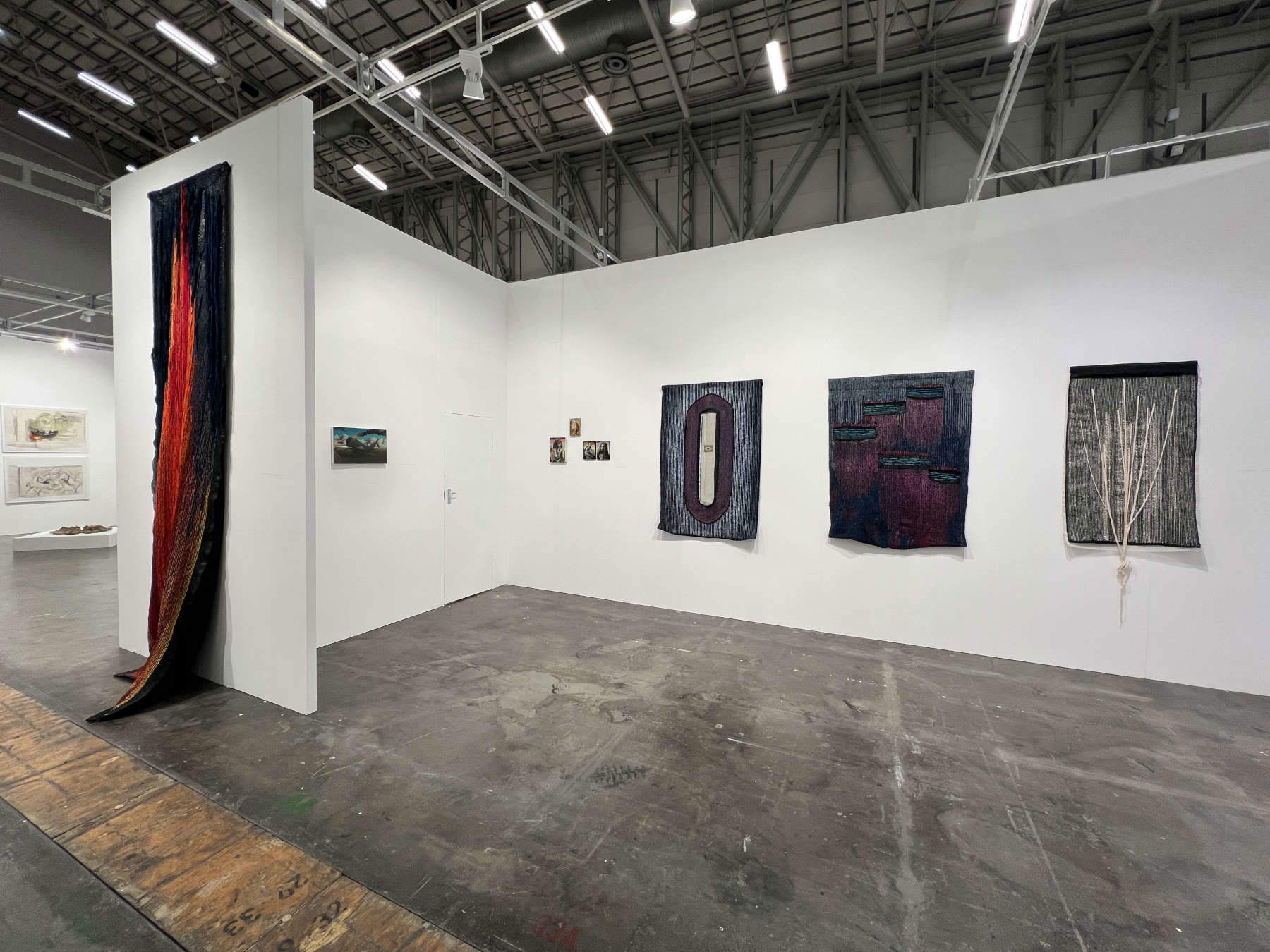
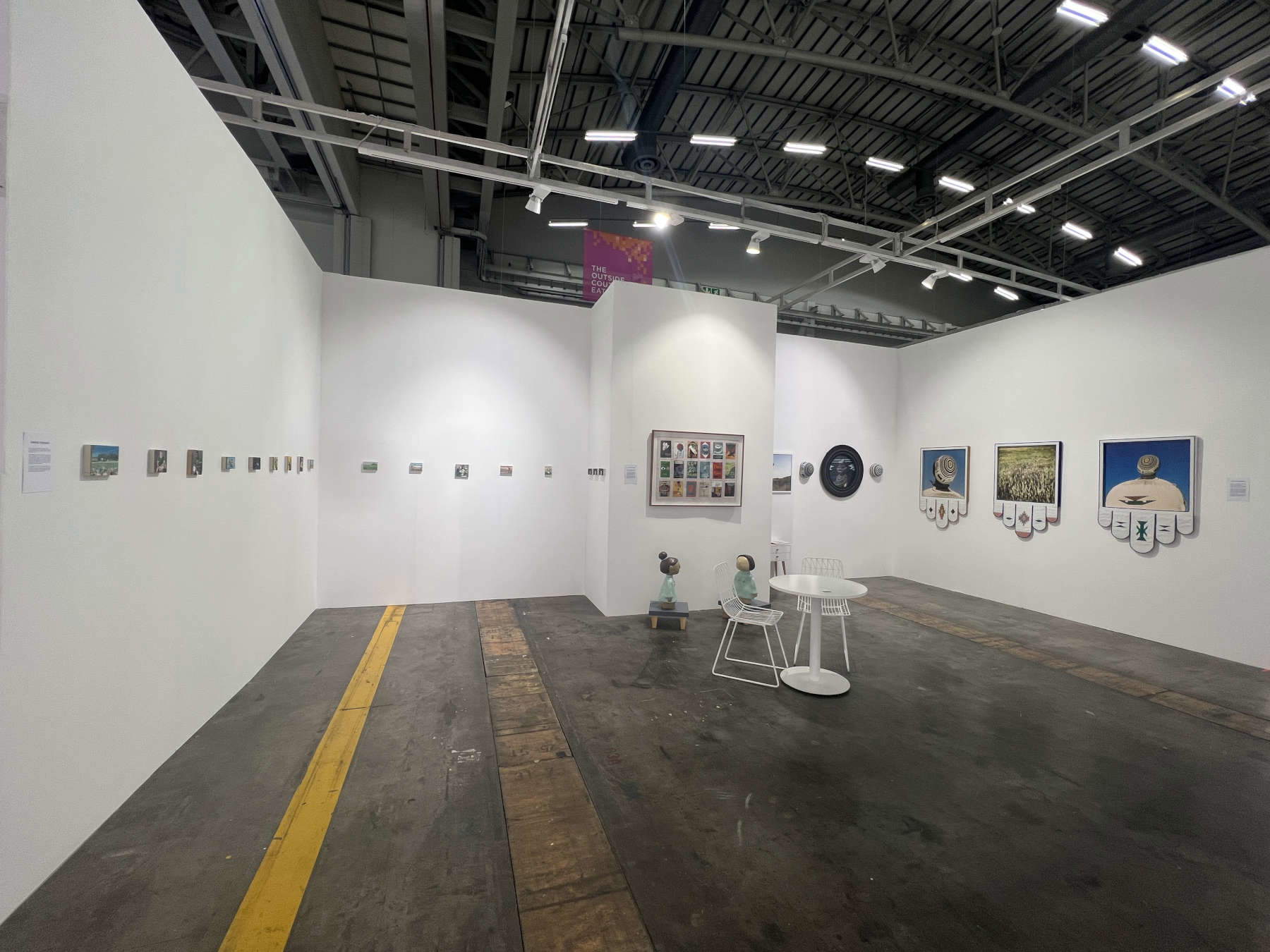
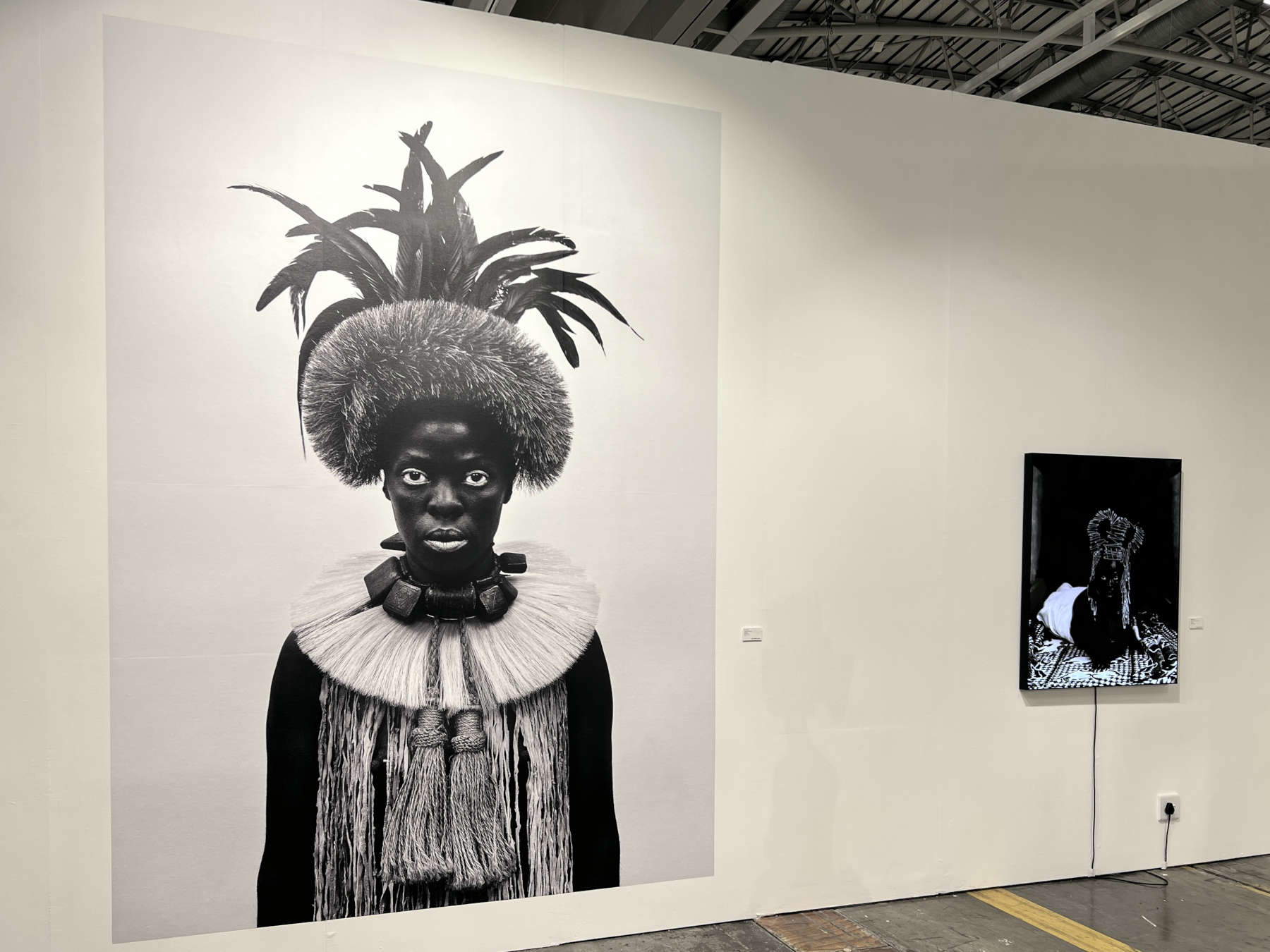
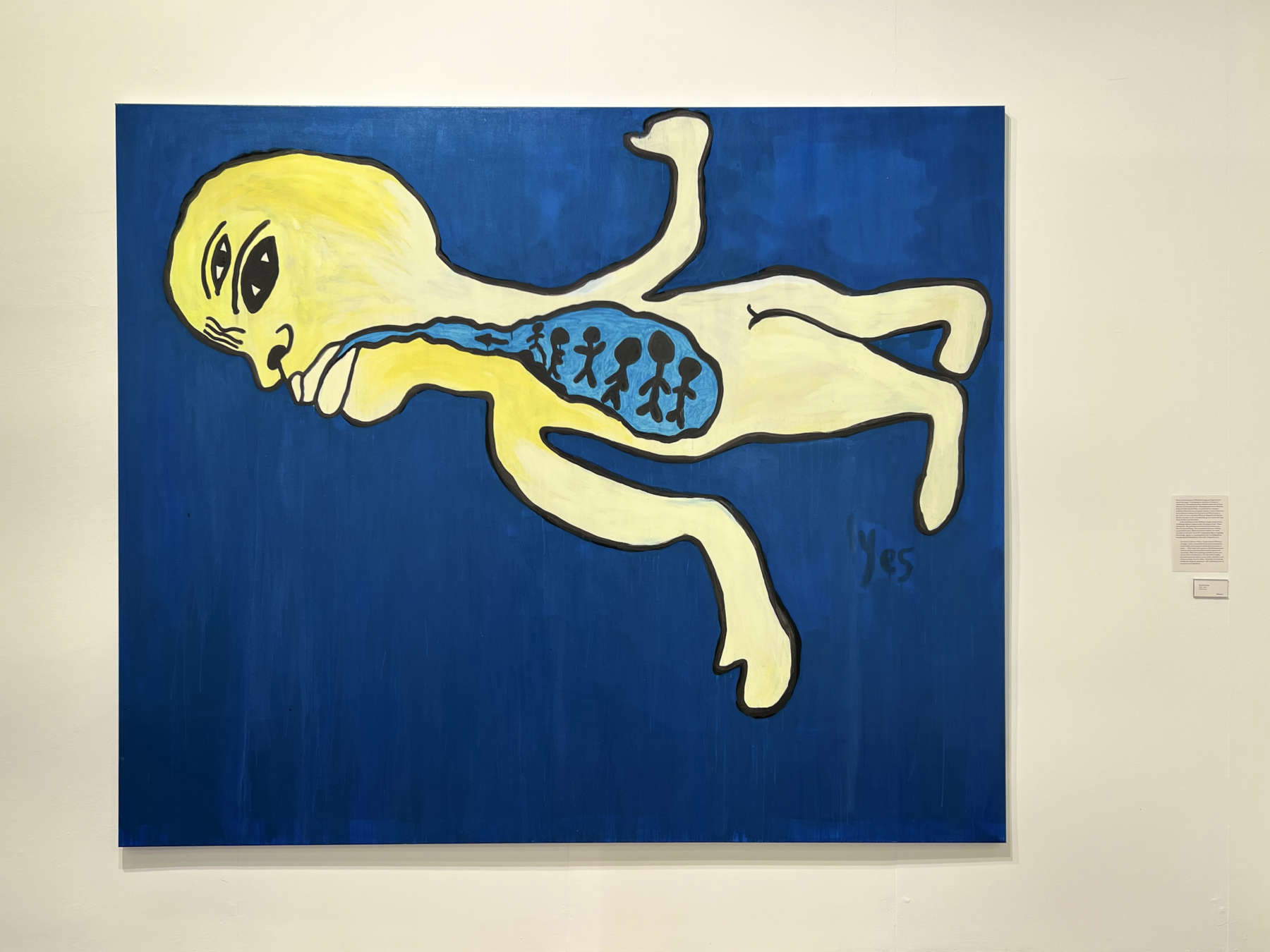
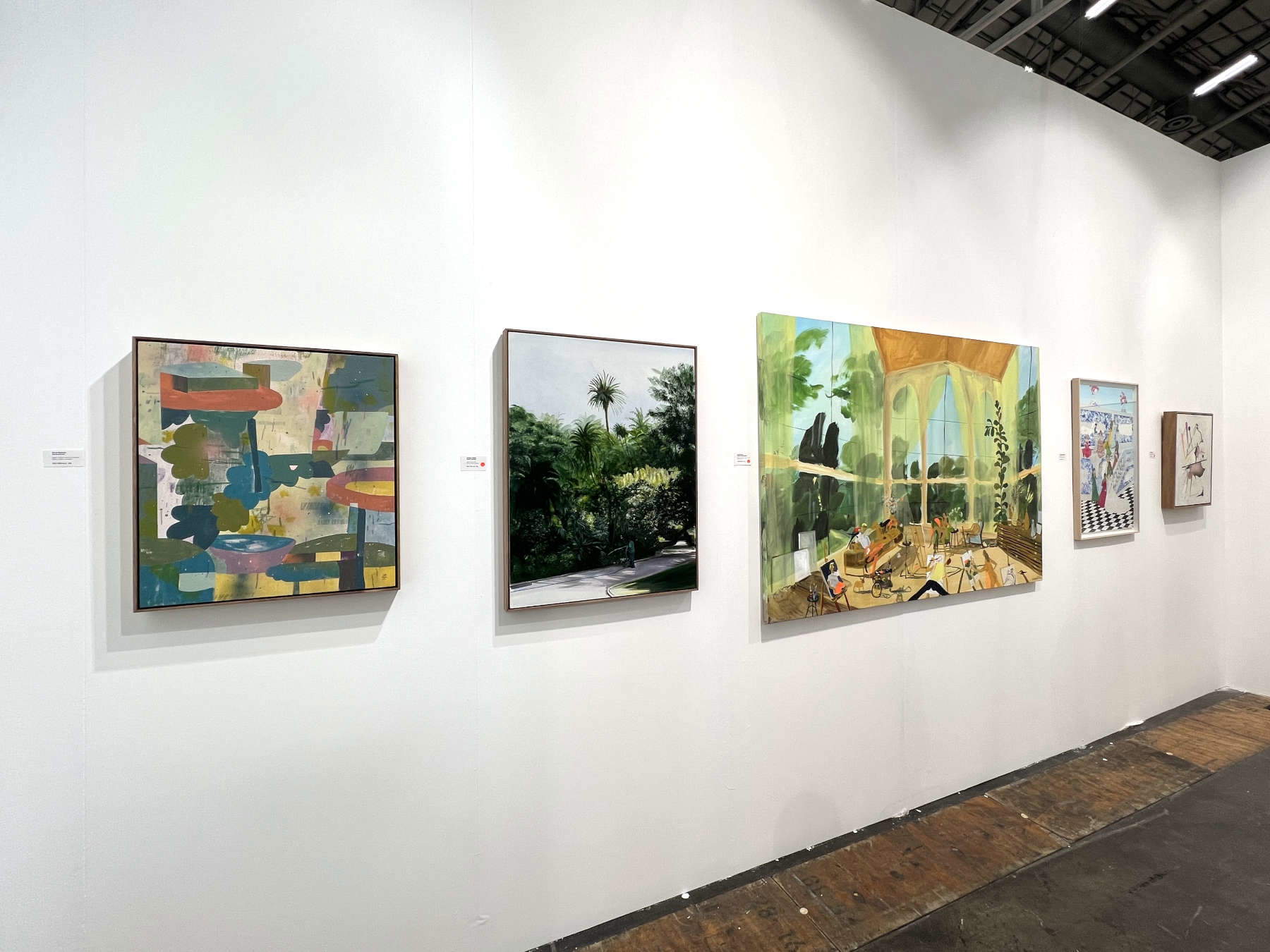
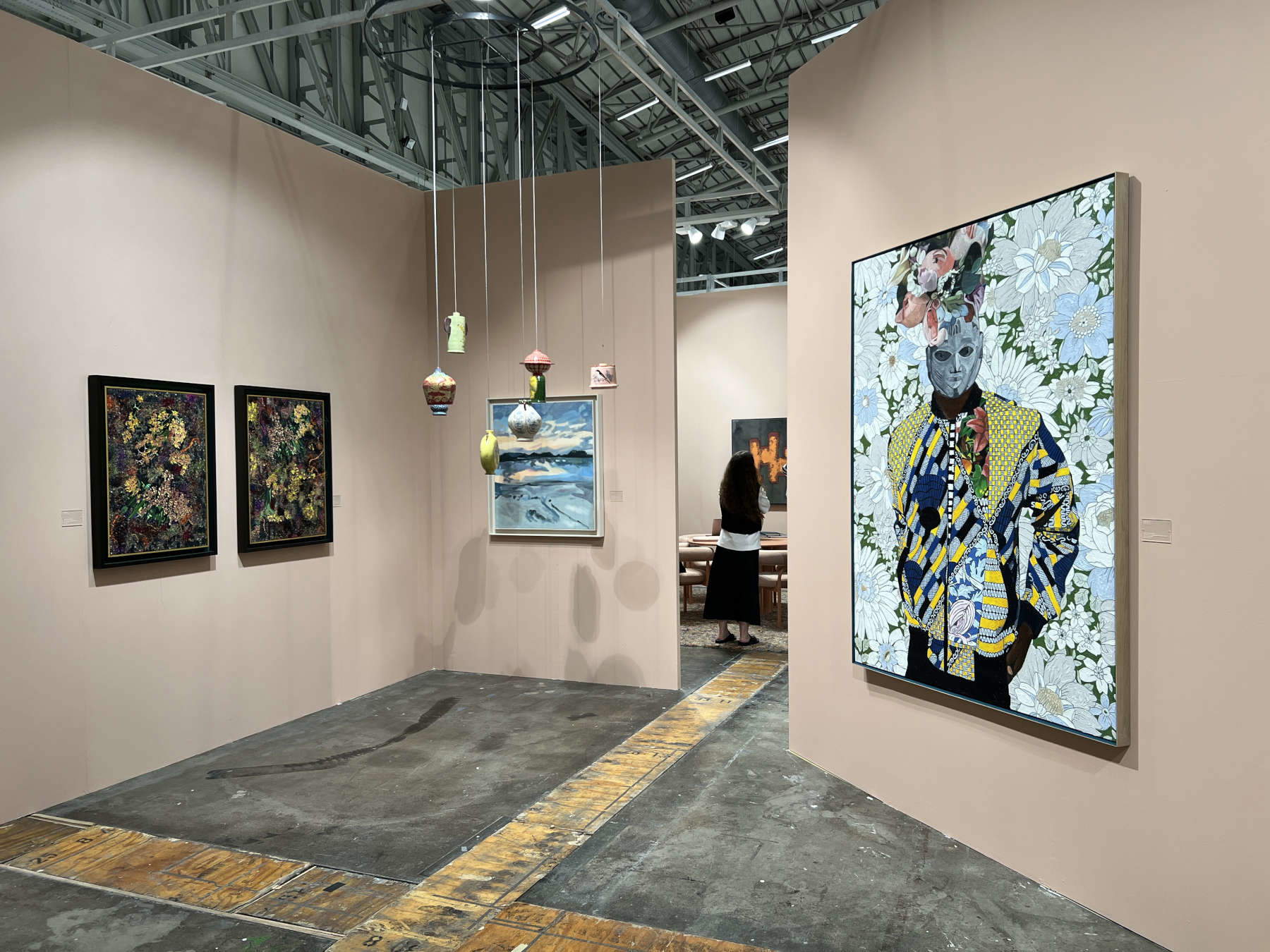
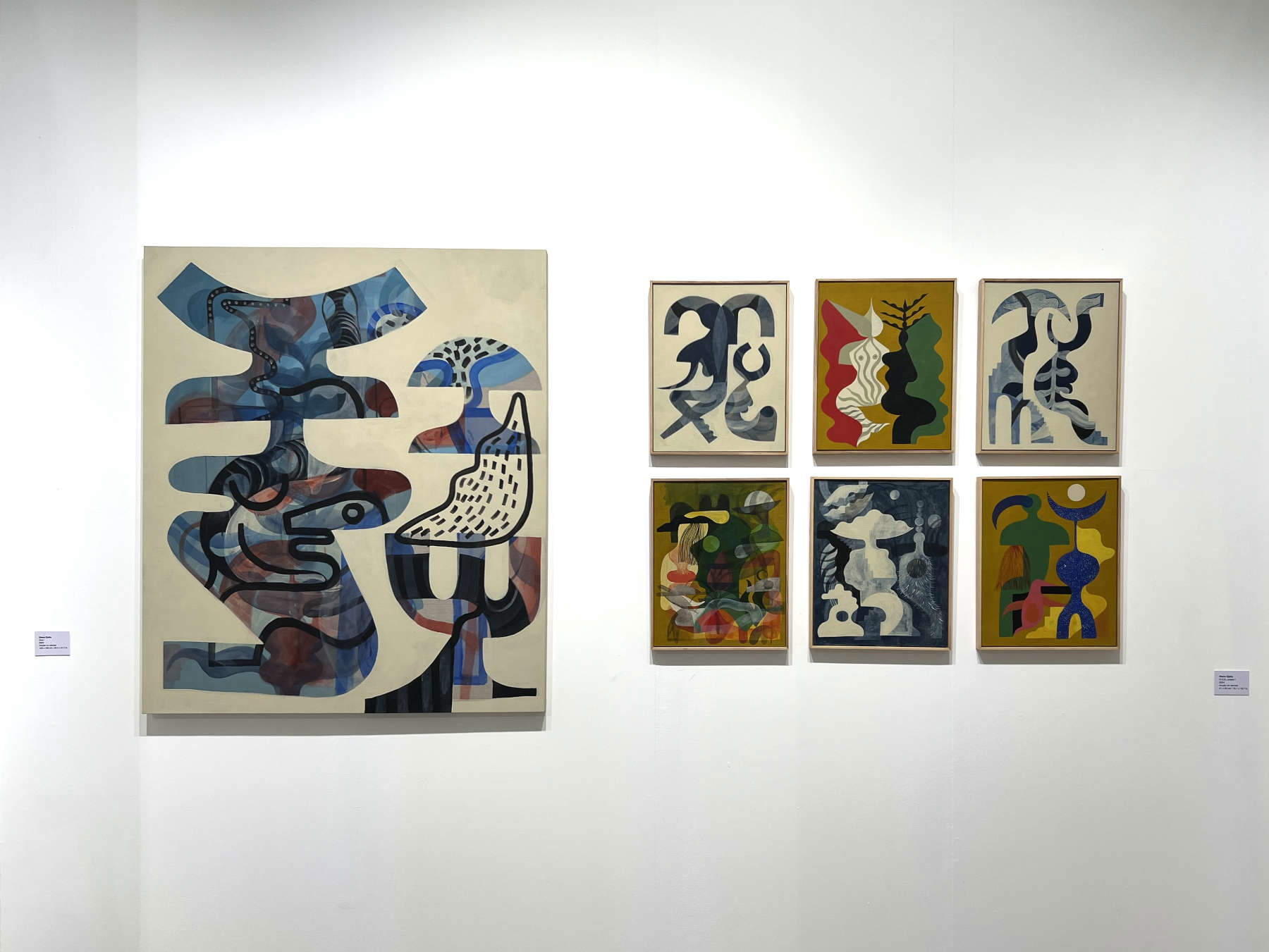
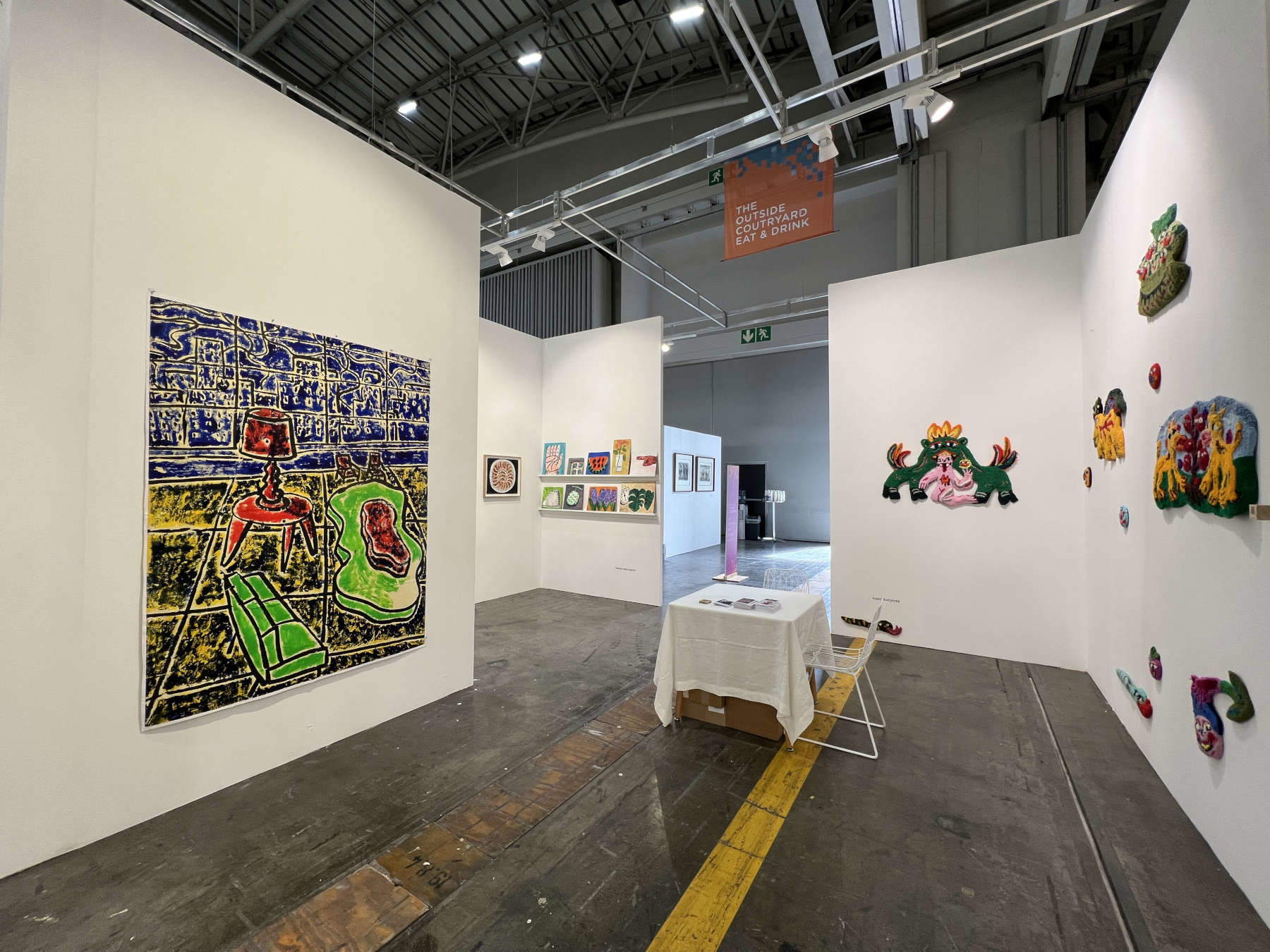
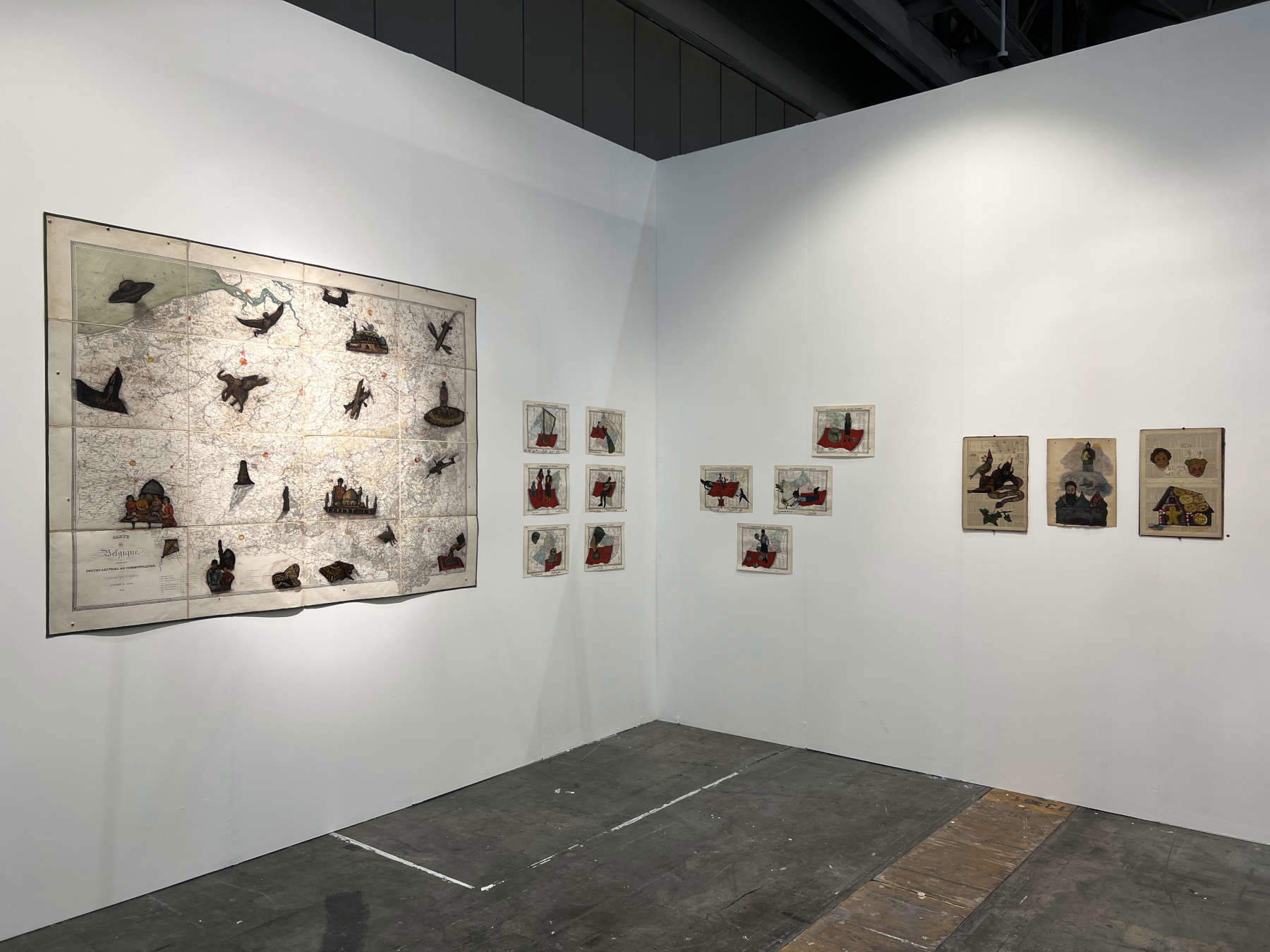
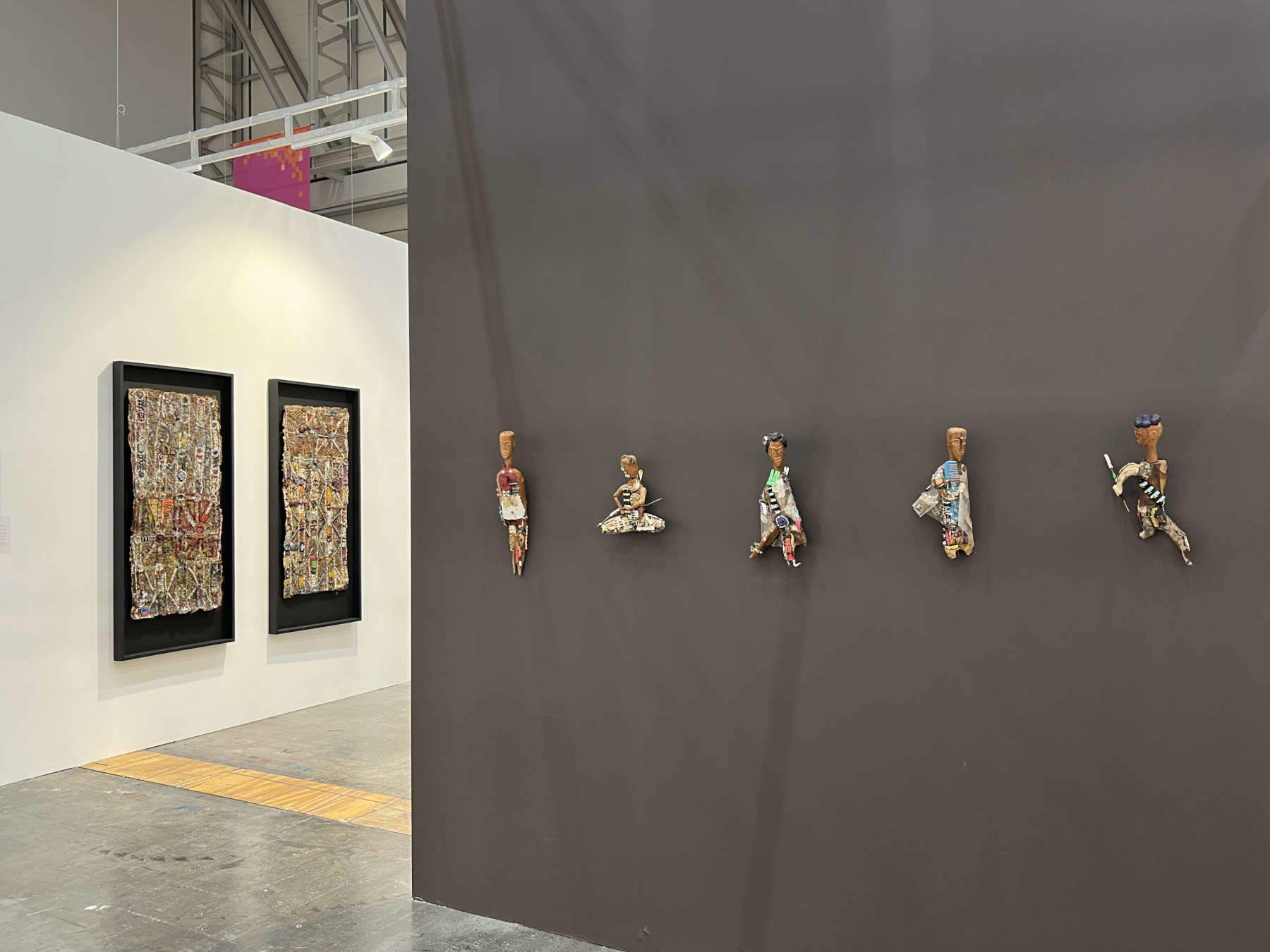
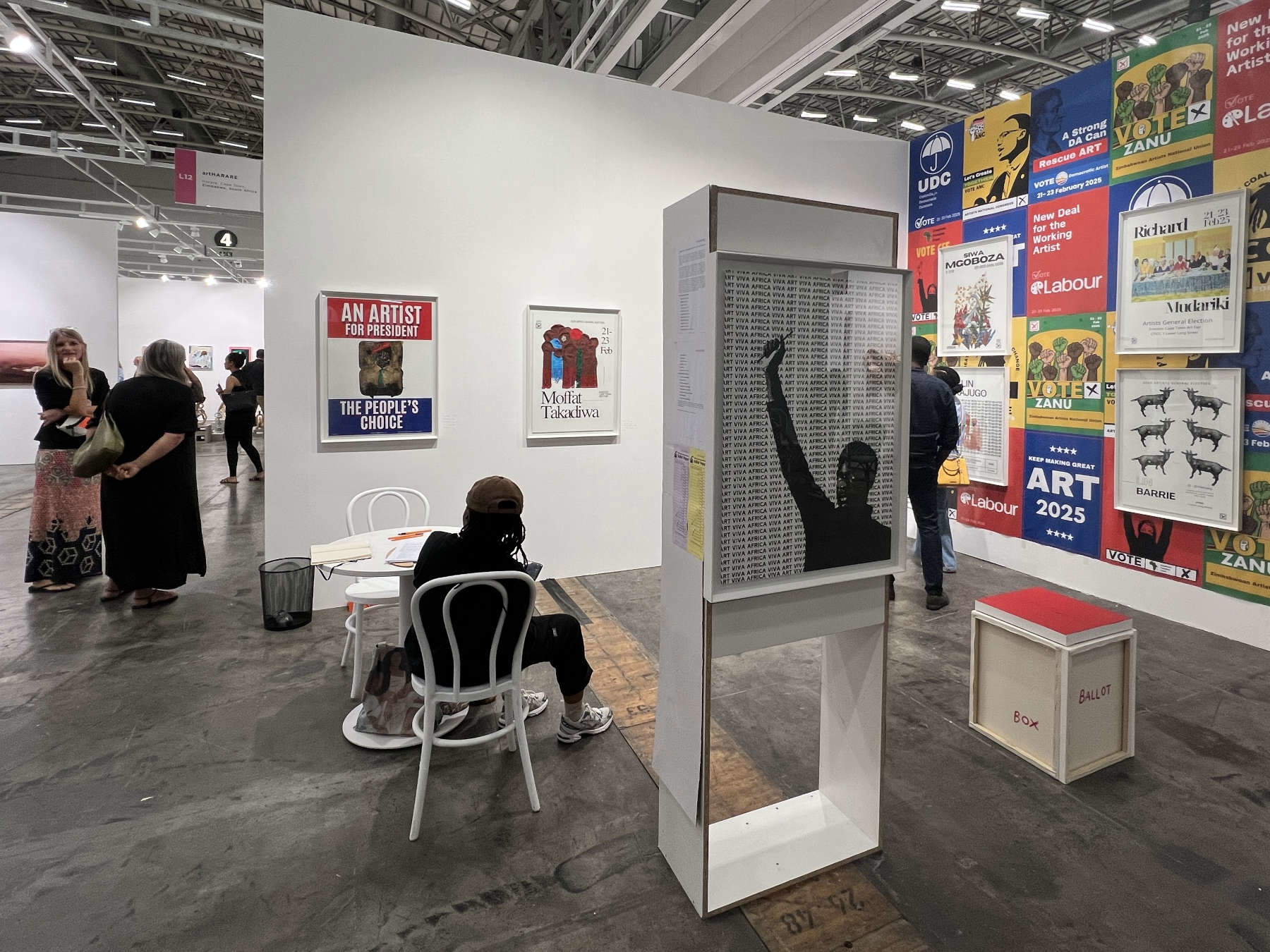
Continuing through the sections of the fair, among the Solo projects, curated by Céline Seror, the work on maps by naturalized Belgian Iraqi artist Bilal Bahir, represented by the Paris-based Ayn Gallery, stands out: working on the evolution of civilization from a geographical reflection on what was the historical territory of Mesopotamia, Bahir offers poetic cultural hybridizations by working site-specific on the theme of play. Focusing instead on the work of Madagascar-born artist Temandrota, where he currently lives and works, London-based gallery 50 Golborne presents a selection of tapestries and sculptures inspired by voudou dolls.
The fair also includes a section devoted to limited edition works, among which the shots of self-taught Dutch photographer Bastiaan Woud, represented by Brussels-based gallery Samuel Maenhoudt, deserve a mention.
And to conclude the overview among this edition’s stands, the final gaze inevitably rests on the Lookout section, dedicated to experimental galleries and project spaces that have been open for less than five years, which in their own way decline the vision of play through artistic research that seeks to find alternative ways to the ’traditional’ art system.
For example, in the Art Advisory Vault Research project booth, Janice Codron ’s textile art dialogues with Karen Elkington’s pictorial works, both characterized by immediacy and spontaneity; Cape Town’s Lemkus Gallery, founded primarily as an art residency project, works instead with very young emerging artists, leading them to then exhibit in the gallery and, in this case, also at the fair.
Totally site-specific is the exhibition project of artHARARE, a platform with exhibition space in Cape Town dedicated to Zimbabwean art practices and its diaspora. It is the interactive installation 2025 Artists General Elections: inspired by the international political elections that have taken place around the world in recent months, the proposed installation aims to re-imagine the action of voting by replacing the names of the candidates with those of famous artists, who can then be ’elected’ directly by the public at the fair. At the conclusion of this performative and, again, playful reasoning about the international art system, the result of these elections will be announced, during the last day of the fair. All we have left to do is press PLAY, and keep playing.
Warning: the translation into English of the original Italian article was created using automatic tools. We undertake to review all articles, but we do not guarantee the total absence of inaccuracies in the translation due to the program. You can find the original by clicking on the ITA button. If you find any mistake,please contact us.